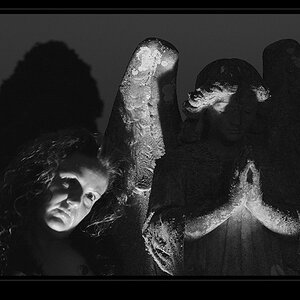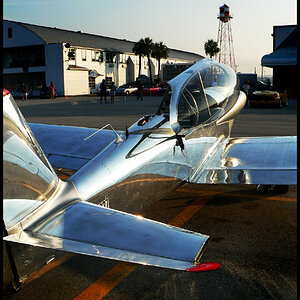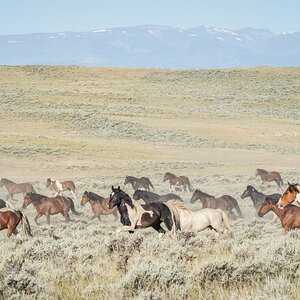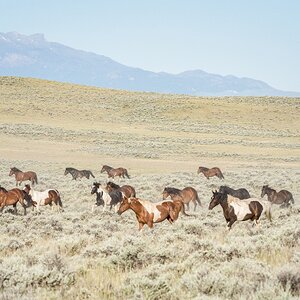VidThreeNorth
No longer a newbie, moving up!
- Joined
- Oct 21, 2016
- Messages
- 1,172
- Reaction score
- 212
- Can others edit my Photos
- Photos NOT OK to edit
The main players in Full-Frame Mirrorless cameras came out fairly spread out over time, with the Panasonic S1 being the oldest, followed by the S1H, the Canon R5 and R6 and the latest Nikon Z6ii. This is leaving out the more entry-level model by these brands. But fairly recently, three of them (all but Sony) have had firmware updates which affected video recording, so if you want to compare them in that respect, it is actually a pretty good time. I have gathered some test report video links so you can get an idea of what is going on. However, I if you really want to find out in more detail, I have "spread out" the reports across a few testers. So they will not be directly comparable. That means you will have to decide who is testing in a way that you find useful and then search and find their other tests. If you have a different current link for these types of cameras that you like, then post it.
"Nikon Z6 II - Video Review & Blackmagic RAW Discussion"
Posted Apr 14, 2021 by "Gerald Undone" [Long 18:45]
""
"Panasonic S1 vs S1H for video (2021 Firmware)"
Posted Apr 10, 2021 by DPReview TV, [10:07]
""
"Canon EOS R5 Firmware V1.3.0 - Controlled Tests & Overview"
Posted Apr 9, 2021 by CVP, [13:30]
""
"Nikon Z6 II - Video Review & Blackmagic RAW Discussion"
Posted Apr 14, 2021 by "Gerald Undone" [Long 18:45]
""
"Panasonic S1 vs S1H for video (2021 Firmware)"
Posted Apr 10, 2021 by DPReview TV, [10:07]
""
"Canon EOS R5 Firmware V1.3.0 - Controlled Tests & Overview"
Posted Apr 9, 2021 by CVP, [13:30]
""



![[No title]](/data/xfmg/thumbnail/31/31758-546fe80b548bda08983001811ab5be60.jpg?1619734994)


![[No title]](/data/xfmg/thumbnail/30/30882-ce388519574371448d7493784524607a.jpg?1619734495)
![[No title]](/data/xfmg/thumbnail/33/33438-c1e2eee6aa4ea910422fd56d64fb49d4.jpg?1619735969)
![[No title]](/data/xfmg/thumbnail/37/37656-96c70ee246b815f10e703ff6cd8acdc0.jpg?1619738172)

![[No title]](/data/xfmg/thumbnail/33/33440-0778f3522902634844facab43c5a29fa.jpg?1619735969)
![[No title]](/data/xfmg/thumbnail/30/30883-04222f7ae234efdf80dff6f96ddad16f.jpg?1619734495)

![[No title]](/data/xfmg/thumbnail/30/30994-49c5521f7b5b417f49dcd43891cbec27.jpg?1619734557)